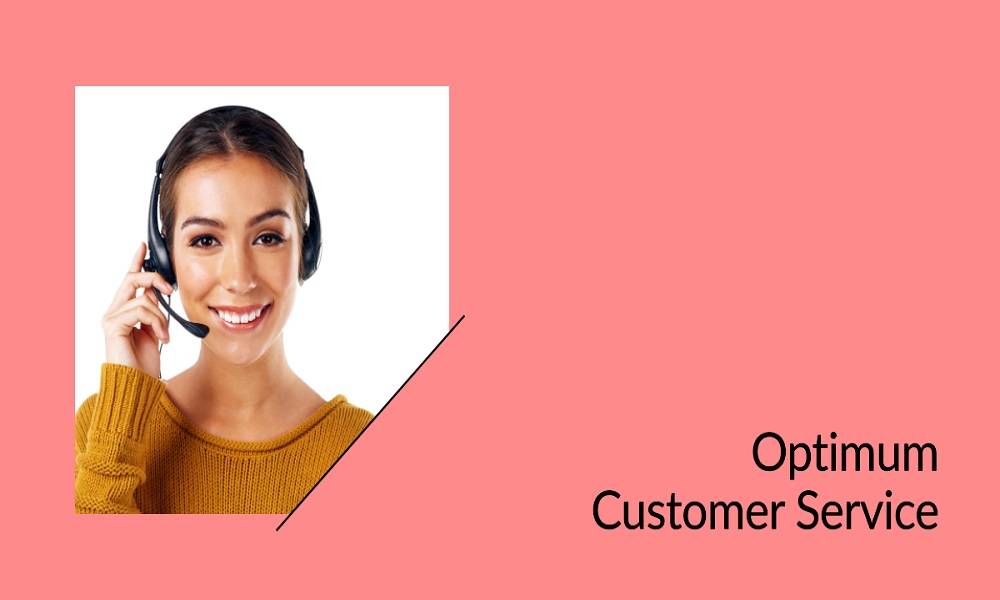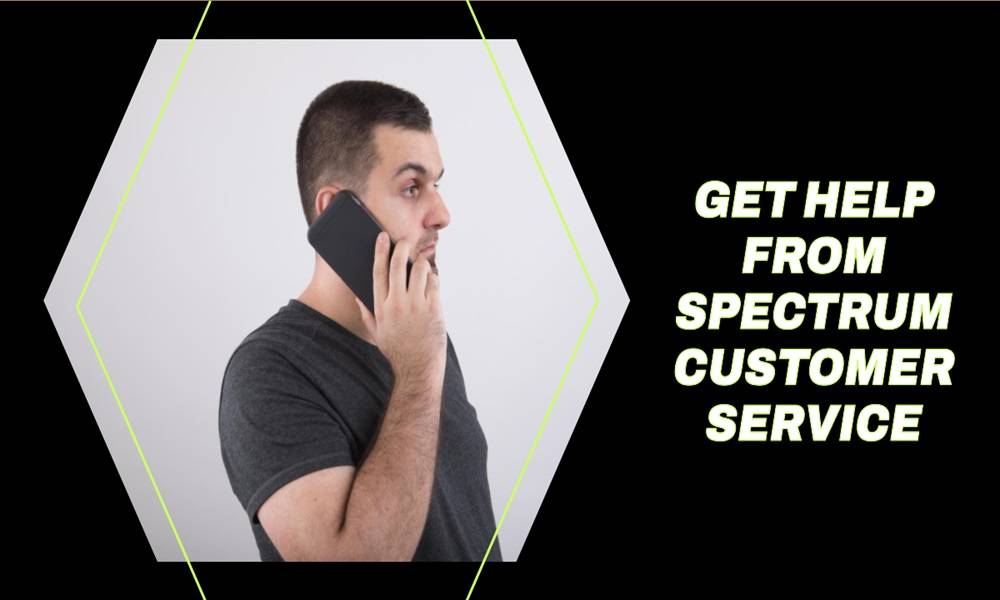Optimum Customer Service

Introduction to Optimum Customer Service
In a market flooded with businesses offering similar products or services, what sets a company apart is the quality of customer service it provides. Optimum customer service is not just about resolving issues but about offering a seamless, positive experience from start to finish. In this age of immediacy and constant connectivity, your approach to customer service can make or break your business.
The Anatomy of Customer Expectations
Before diving into strategies, let’s understand what customers generally expect:
- Quick Responses: Time is of the essence. Customers value fast yet effective solutions.
- Personalization: A one-size-fits-all approach no longer cuts it. The more personalized the service, the better.
- Multi-Channel Accessibility: Customers expect to reach you via multiple platforms, be it phone, email, chat, or social media.
The Human Element: More Than Just a Smile
Human interaction forms the crux of customer service. Agents must exhibit:
- Empathy: Understand the emotional state of the customer and respond appropriately.
- Active Listening: Fully concentrate, understand, respond, and remember what the customer is saying.
- Conflict Resolution: Handle difficult situations or disgruntled customers diplomatically.
- Proactivity: Don’t just fix problems; anticipate them and offer solutions before they escalate.
Technology in Customer Service: An Unavoidable Evolution
We can’t talk about optimum customer service without acknowledging the role of technology. Here are some tech-tools redefining customer service landscapes:
- Customer Relationship Management (CRM) Systems: These allow agents to access customer history, making service more personalized.
- Chatbots: They offer immediate responses to simple queries, thus freeing up human agents for more complex issues.
- Self-Service Options: FAQ sections, how-to guides, and video tutorials empower customers to solve problems on their own.
- Data Analytics: This offers invaluable insights into customer behavior, helping to tailor services accordingly.
Channels of Customer Service
Each channel has its own advantages and drawbacks, but what’s important is a seamless transition between them. Popular channels include:
- Phone Support: The traditional yet effective medium.
- Email Support: Convenient but requires timely responses.
- Live Chat: Instantaneous but needs to be manned effectively.
- Social Media: Public but offers high engagement.
Measuring Customer Service Excellence
You can’t improve what you can’t measure. Key metrics include:
- Customer Satisfaction Score (CSAT)
- Net Promoter Score (NPS)
- Customer Retention Rate
- Response and Resolution Time
The Role of Continuous Training
Agent training is not a one-time process. Continuous training programs should focus on:
- Product Knowledge: An agent should know the product inside out.
- Soft Skills: Emotional intelligence, patience, and communication skills are crucial.
- Tech Proficiency: Familiarity with CRM systems, live chat software, etc., is essential.
FAQs
1. What is optimum customer service? Optimum customer service is about providing an efficient, personalized experience that exceeds customer expectations at every touchpoint.
2. What role does technology play in customer service? Technology, like CRM systems, chatbots, and data analytics, helps businesses to provide efficient and personalized services.
3. How do you measure customer service effectiveness? Customer service can be measured using metrics like CSAT, NPS, Customer Retention Rate, and Response and Resolution Time.
Conclusion
Optimum customer service is a multi-faceted concept that combines the irreplaceable human element with the efficiency of technology. As consumer expectations continue to evolve, businesses must adapt by offering timely, personalized, and efficient service across various channels. Measuring success through key metrics and investing in continuous training ensures that your customer service remains optimal.











